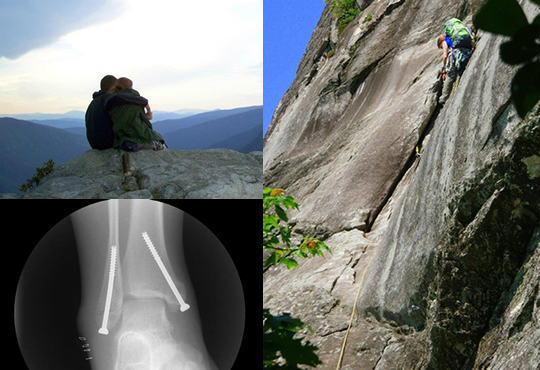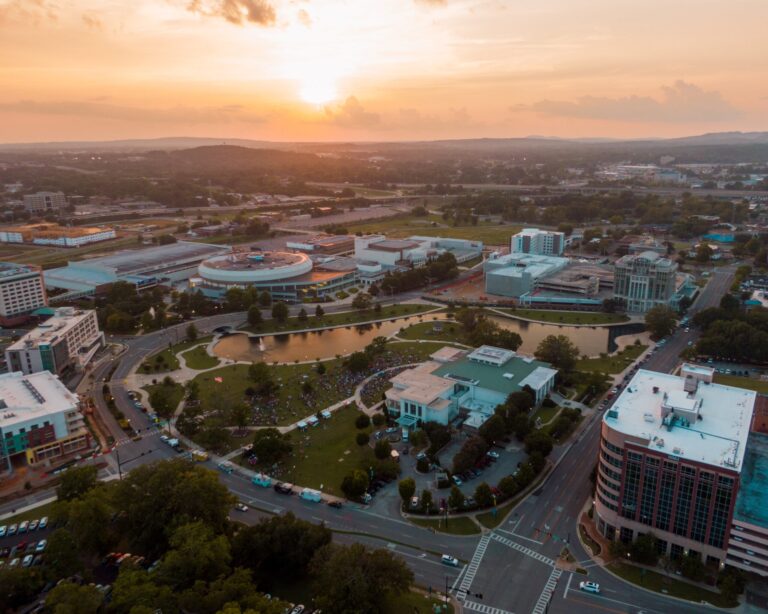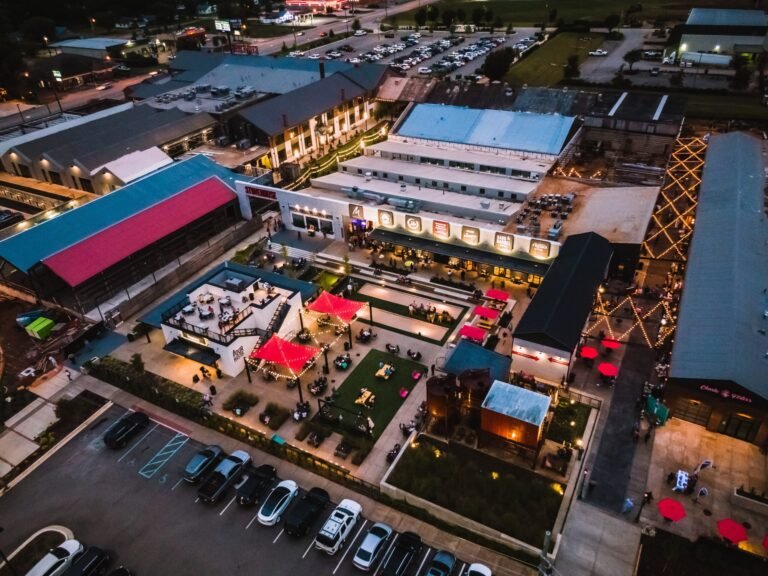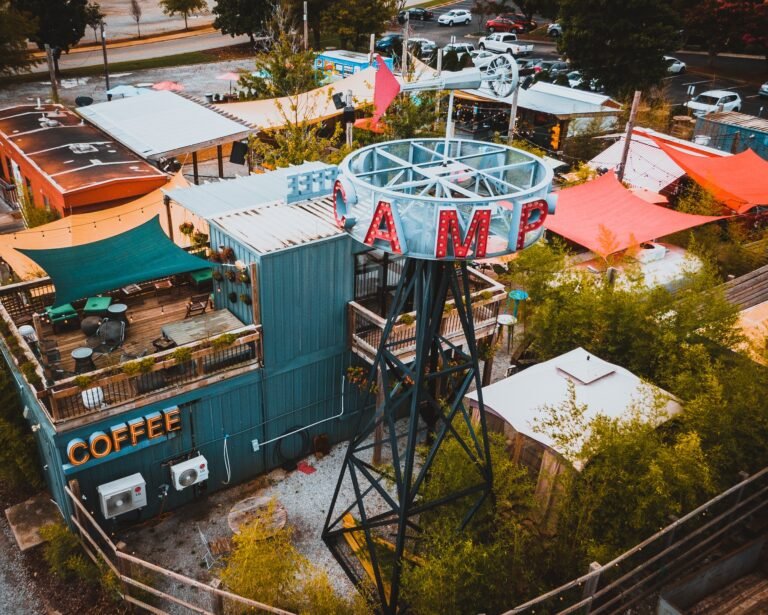Rock climbing has been around for hundreds of years and was first unearthed through mountaineering. Early climbers in Europe began to form
- routes
- techniques
- grading systems
- even gear
Big walls, such as Dolomites (first climbed by Emilio Comici in 1930) and Yosemite (U.S. climbers started to aid and free climb in the 60’s and 70’s), can take multiple days to climb. Single-pitch routes allow more climbers to free solo and free climb intensely hard projects in shorter amounts of time. But regardless type of wall, the art of climbing on rock faces or in between cracks and crevices has and continues to be one of the most daring yet soul-riveting experiences as tiny humans take on thousands of feet of granite, sandstone, limestone and beyond!
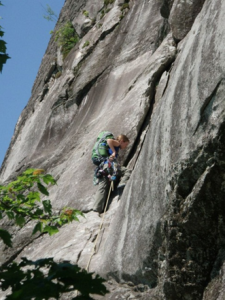
The Introduction
Meet local Huntsville climber, Amanda Bosserman. She’s got an awesome sleeve of mind-boggling tattoos with a super old-school Trad rack that was given (yes, put in her hands at no cost or bartering to her) when she first started up climbing. “I was introduced to climbing last August 2011 in the UAH climbing class that Tim Maddox teaches at Athletic Club Alabama,” Amanda says. Most climbers end up buying used climbing gear or slowly collecting one piece of precious and expensive gear at a time. However, Amanda was dealt a very lovely hand, and thankfully she’s using her stellar gear. Where has Amanda traveled to climb?
- Sandrock, Alabama
- Palisades Park, Alabama
- Looking Glass, North Carolina
- Linville Gorge, North Carolina,
- Whitesides Mountain, NC where this climb occured…
The Climb
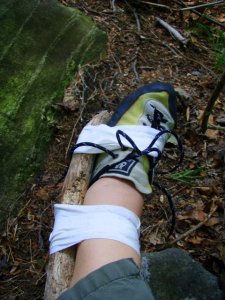
What started out as a seemingly beautiful day to multi-pitch a climb called the Original Route while taking turns on lead with her boyfriend, Ryan Little, turned into a five hour rescue of not-so-in-shape 25 to 30 EMTs and paramedics carrying her in a Stoke’s basket out of the woods. Amanda was leading the third pitch of the route when her feet slipped and she fell only 8 feet; however, she landed on a ledge with quite some force.
“As soon as I hit, I heard the bones in my ankles break,” Amanda remembers. Ryan free soloed up to her from below, splinted her ankles with sticks and climbing tape and rappelled both of them down two pitches.
“Ryan had to leave me at the base of the climb to get help because there was no cell phone reception, so I laid there for about an hour and a half with my feet propped up,” Amanda says.
After waiting for what seemed as a lifetime, Ryan arrived first then came the not-so-quick-and-speedy rescue workers to the rescue. After stopping every five to ten minutes for them to rest, killing two copperheads along the way, and accidentally hitting her dismembered ankles on trees, there was still an adventure to be had!
“Towards the end of the trail, they attached the stretcher to a truck at the top of the hill and pulled me up,” Amanda reminisces.
When she finally arrived at the hospital, her series of surgeries began on two tibias and one fibula along with two large pins being added to her right ankle. “I don’t know what I would have done without the volunteer workers and paramedics and, of course, Ryan for getting me off of that mountain,” Amanda says.
Risk and Reward
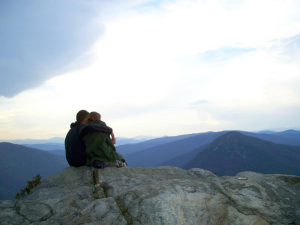
Amanda’s adventurous yet numbing, literally, story is not as common as you might think. Yes, there have been friends who have fallen from high places and made careless mistakes that lead to serious injuries; but climbing is one of many sports that – although involving a high-risk of danger – is adrenaline-intoxicating, extreme breath-in-the-fresh-air unbelievable views, nature porn for your soul, and God’s gift to humans.
As with anything, there are risks involved no matter how much you know or practice, but there are loads of experienced people, tools and forums to learn from before attempting to hop on walls and boulders. Remember to know your belayer too. No, it’s not necessary to get a full background of their lives, but it’s good to feel secure in knowing that they are knowledgeable in the proper way to belay and know how to have a serious amount of safety with an exuberant balance of fun! Huntsville is full of some of the best climbers and belayers in the Southeast with Amanda and Ryan being two of them!
After a wheelchair, pair of crutches, braces, pins, some gnarly scars, and being the designated belayer as she watches her fellow climbers send routes all day long, Amanda is bound to begin climbing again. “A few broken bones won’t stop me,” Amanda reassures others and herself!
Rock Climbing Safety Tips:
- Always Check Harnesses- and double back!
- Always Check Knots
- Always Wear a Helmet
- Always Check the Rope and Belay Device
- Always Use a Long Rope
- Always Pay Attention
- Always Bring Enough Gear
- Always Climb With the Rope Over Your Leg
- Always Properly Clip the Rope
- Always Use Safe Anchors
Start Climbing Safely:
Athletic Club Alabama
2100 Members Drive
Huntsville, AL 35802
Click here for directions
Phone: (256) 880-0770
Hours:
Monday – Thursday: 5 – 9:00 pm
Friday: 5 – 7:00 pm
Saturday: 12 – 5:00 pm
Visit their website here
Find them on Facebook here
Follow them on Twitter here
Also, check with UAHuntsville at the beginning of each semester for their Rock Climbing Class, which covers the fundamental knowledge and skills of rock climbing. The course is held at Athletic Club Alabama and taught by Charles (Tim) Maddox.

Guest blogger for We Are Huntsville. Are you interested in writing a post for our site? Email katelyn@wearehuntsville.com.

